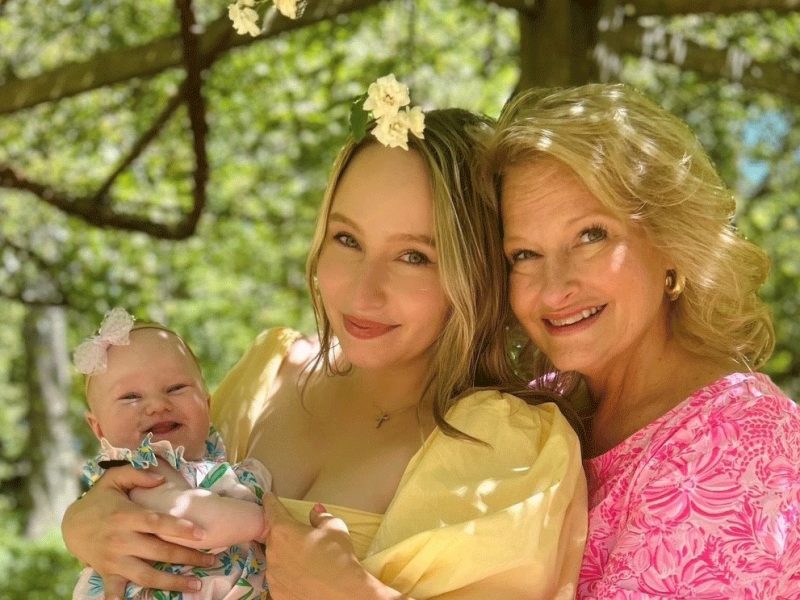Kenan Stiehl Lewis had watched her mother suffer from advanced liver disease for years — keenly aware that the demand for a liver transplant greatly exceeds the number of available deceased-donor livers. By the end of 2022, Kenan’s mother, Meredith, was relying on an oxygen tank and a wheelchair.
“My mom wasn’t doing well,” said Lewis. “Her endurance was bad, and her lungs were filling up with fluid all the time — she’d have to get it drained out about every 4-6 months, and she could only do so many of those. It was pretty bad.”
Desperate to help, Lewis ordered an at-home blood test to see if she was a match to be a living donor.
“When I got the results, I was excited to have the opportunity to help my mom,” said Lewis. “There was a sense of relief; if she wasn’t able to get another organ, then I could give her one.”
In a living-donor transplant, a patient’s diseased liver is removed and replaced with a portion of liver from a healthy, living donor. Living-donor liver transplant is feasible due to the remarkable regenerative capacity of the human liver, which allows it to swiftly return to its original size following surgery.
“Once I found out I was a match at home, they had to confirm with a Labcob test and then set me up with all kinds of screening appointments,” said Lewis. “MRIs, x-rays, a lot of blood panels, and even a mammogram — just to see if I had any underlying conditions. They were very thorough, and the appointments were spread out over four months. All the medical testing was covered under my mom’s insurance. I didn’t have to pay a single dime.”
Lewis’s donation was facilitated by the team at UNC, an experience she wholeheartedly recommends to anyone who is interested in becoming a liver donor.
“I had amazing nurses, especially after the surgery,” said Lewis. “They were so caring and patient with me. Dr. Kapoor was my surgeon, and he was great, thorough, and always had an eye on everything. Just the overall care that they provide at the hospital is amazing.”
Despite her nerves over anesthesia and recovery, Lewis says the experience was much easier than anticipated. “I can’t speak for other organ donations, but liver donation has been super easy to bounce back from,” she said. “My liver grew back, I have no side effects, and I don’t have to change my lifestyle at all. I’m back to normal. It’s like it didn’t happen, except for the scar. I feel great and I’ve saved somebody’s life, so why not?”
Today, Lewis says her mother has made a “complete 360” from where she was two years ago.
“Now she’s able to go upstairs without a problem, and she looks so full of life,” said Lewis. “She’s able to get on the ground and play with her grandbaby. I don’t think she would have been able to do that if she was still sick. I’m not even sure she would have been around to see her grandbaby, to be honest.”
Even with the ability to become a living donor, livers are the second-most awaited transplant in the United States and another person is added to the transplant waiting list every eight minutes.
“There are so many times when we had hoped and prayed that she would get the call, but it never came,” said Lewis. “Livers are so hard to come by. A deceased donor transplant could have saved my mom much earlier on and saved her from so much pain. It would be so beneficial if more people were knowledgeable and willing to donate their organs after death. It can save so many people. People just sit on the liver list for so long. If you’re living or deceased, you can help.”
More than 100,000 people are waiting for lifesaving organ transplants. Together, we can save lives. Register your decision here: https://bit.ly/3hmiWKE



